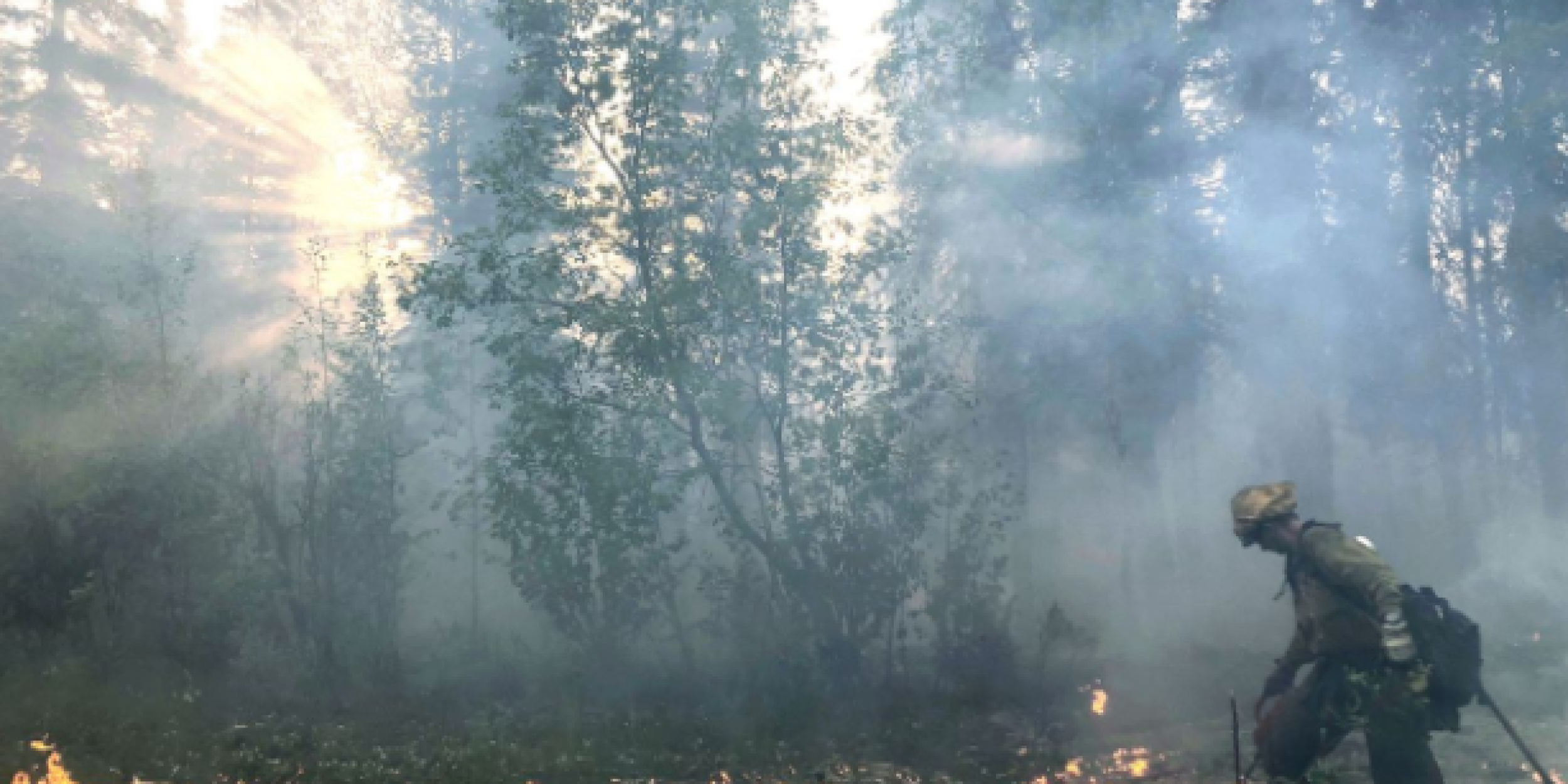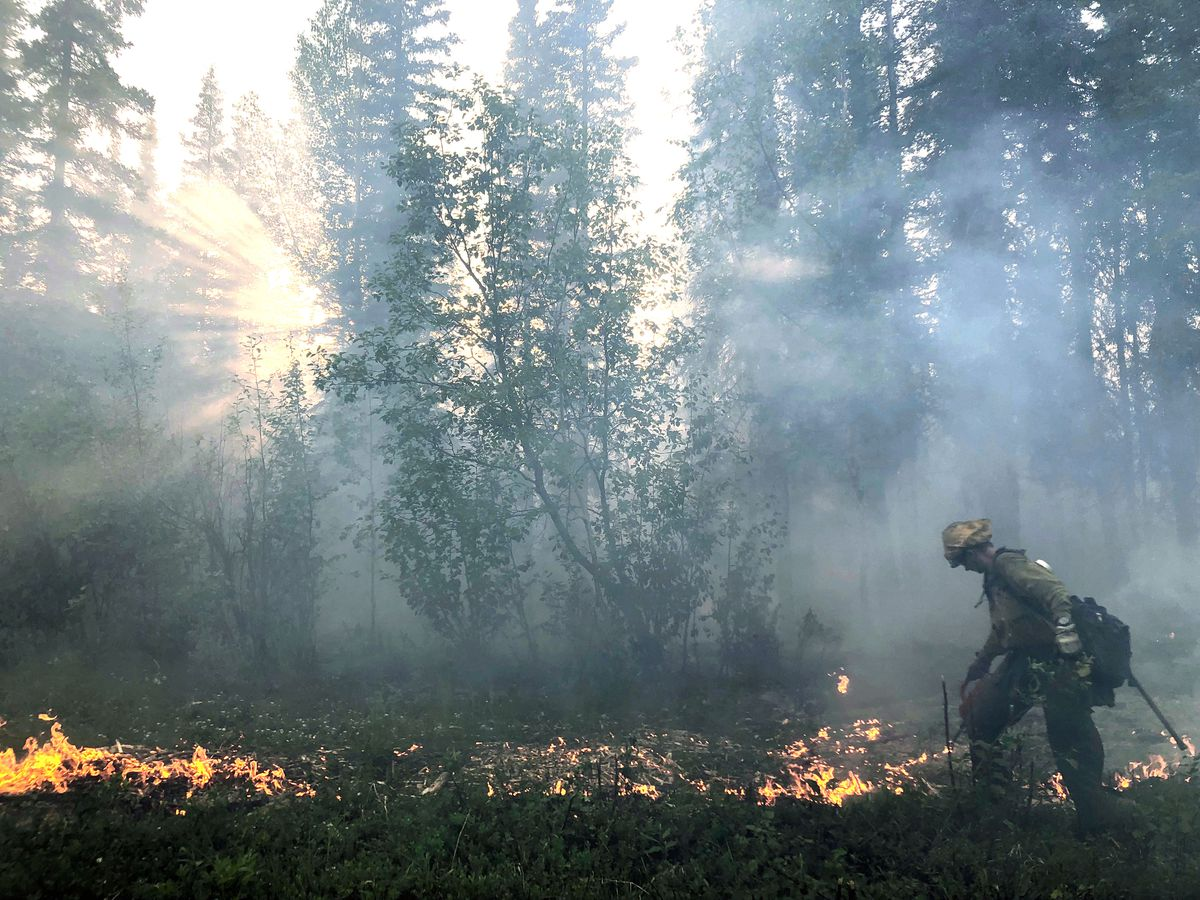

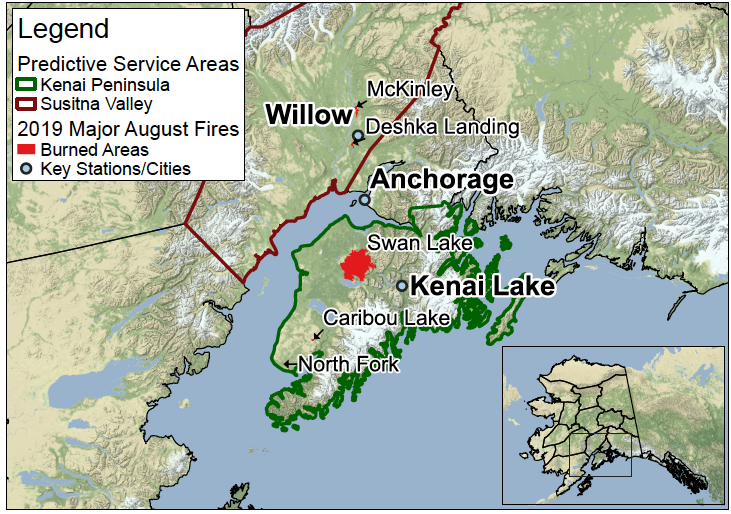

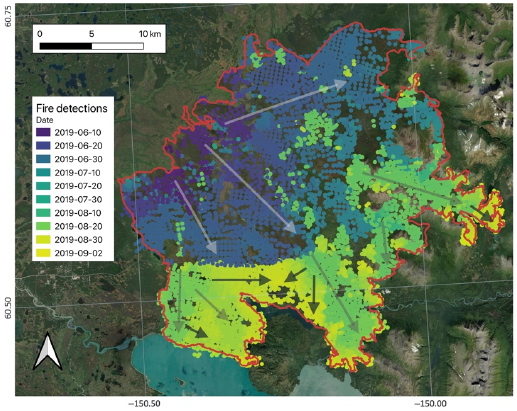

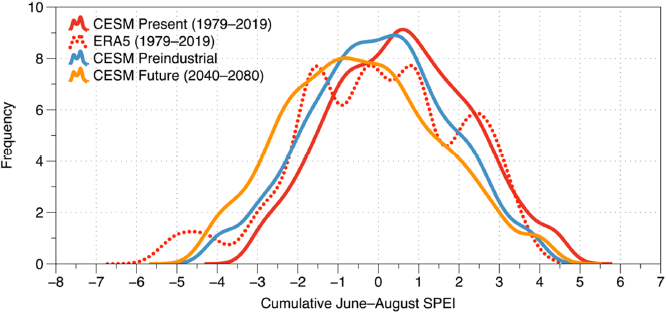





Climate Program Office
Advancing scientific understanding of climate, improving society’s ability to plan and respond






Climate Program Office
Advancing scientific understanding of climate, improving society’s ability to plan and respond
Scroll to Top
